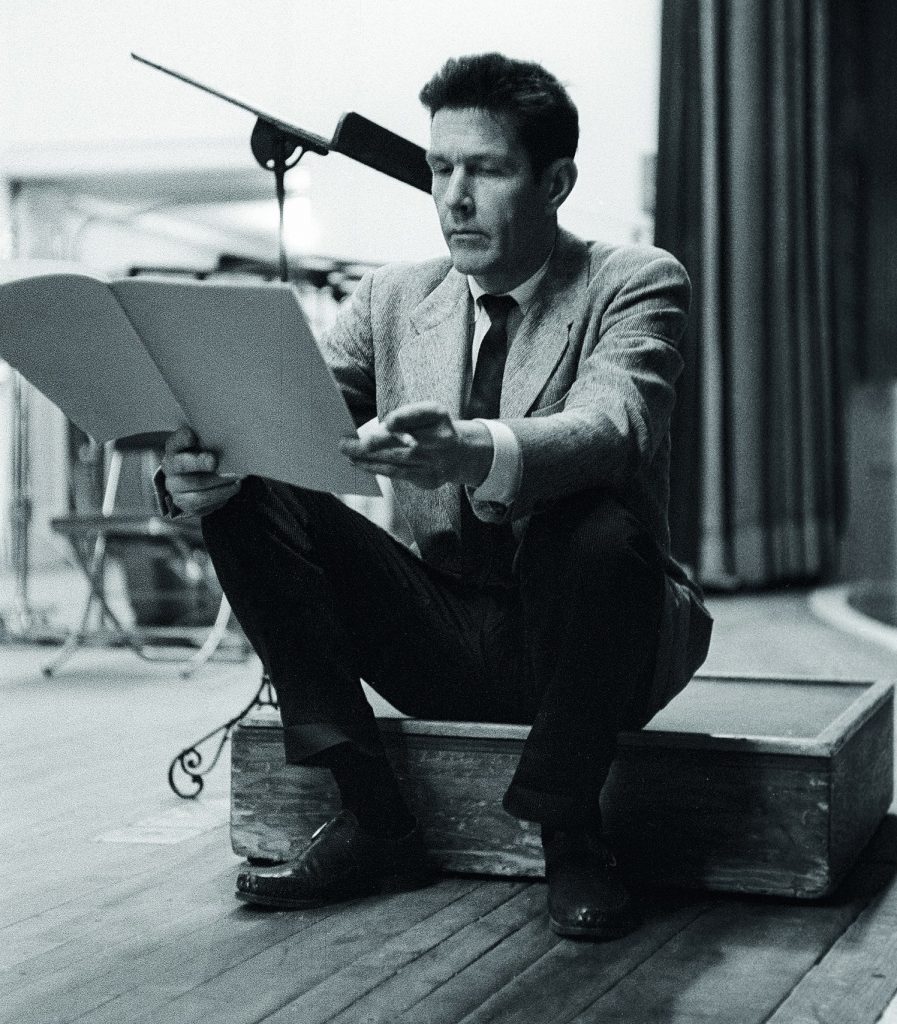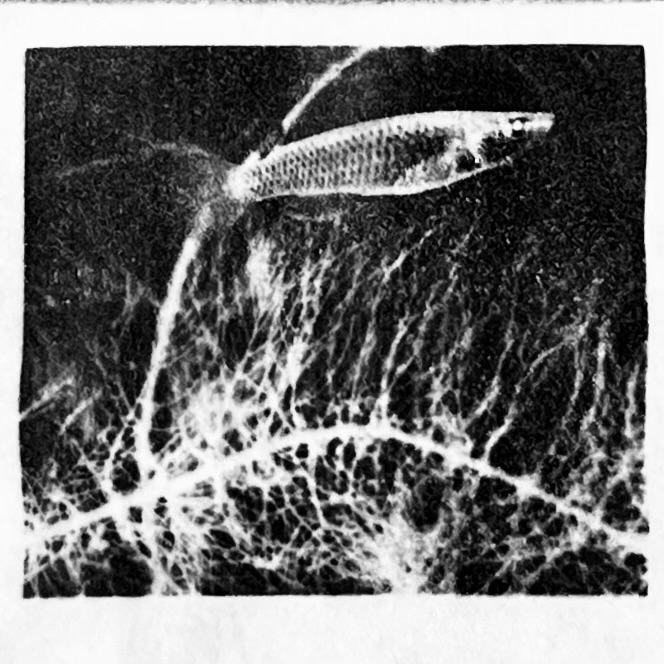Historical Context
4’33” was born in the mid-20th century, when strict structures began to break down as artists responded to the chaos and existentialism of the post-World War II era.Cage wanted his work to be about the process of “listening” itself, not just about preconceived musical elements, and the concept of “4’33” is innovative because it does not give structure to the sound, but rather allows the natural sounds of the environment to take centre stage.
How It Relates to Postmodernism
4’33” questions the very nature of music and composition.In traditional Western music, the composer is seen as the “creator”, controlling every aspect of the performance.In 4’33” , Cage shifts the focus to the audience’s interpretation and the randomness of the ambient sounds, which are different each time they are ‘played’.This randomness and uncertainty coincides with postmodernism’s acceptance of plurality, improvisation and uncertainty.
Why It Interests Me
4’33” appeals to me.Because it provoked me to think about music and sound in new ways. Cage’s concept asks us to reconsider what it means to “perform” or “compose,” expanding the boundaries of art to include silence, opportunity, and environment.It then occurred to me that the sounds of everyday life are also very valuable to listen to.And it made me realise that beauty exists in everything around us, even in silence.It made me start to think everywhere about the sounds of the details of life, the sounds of silence.


Leave a Reply